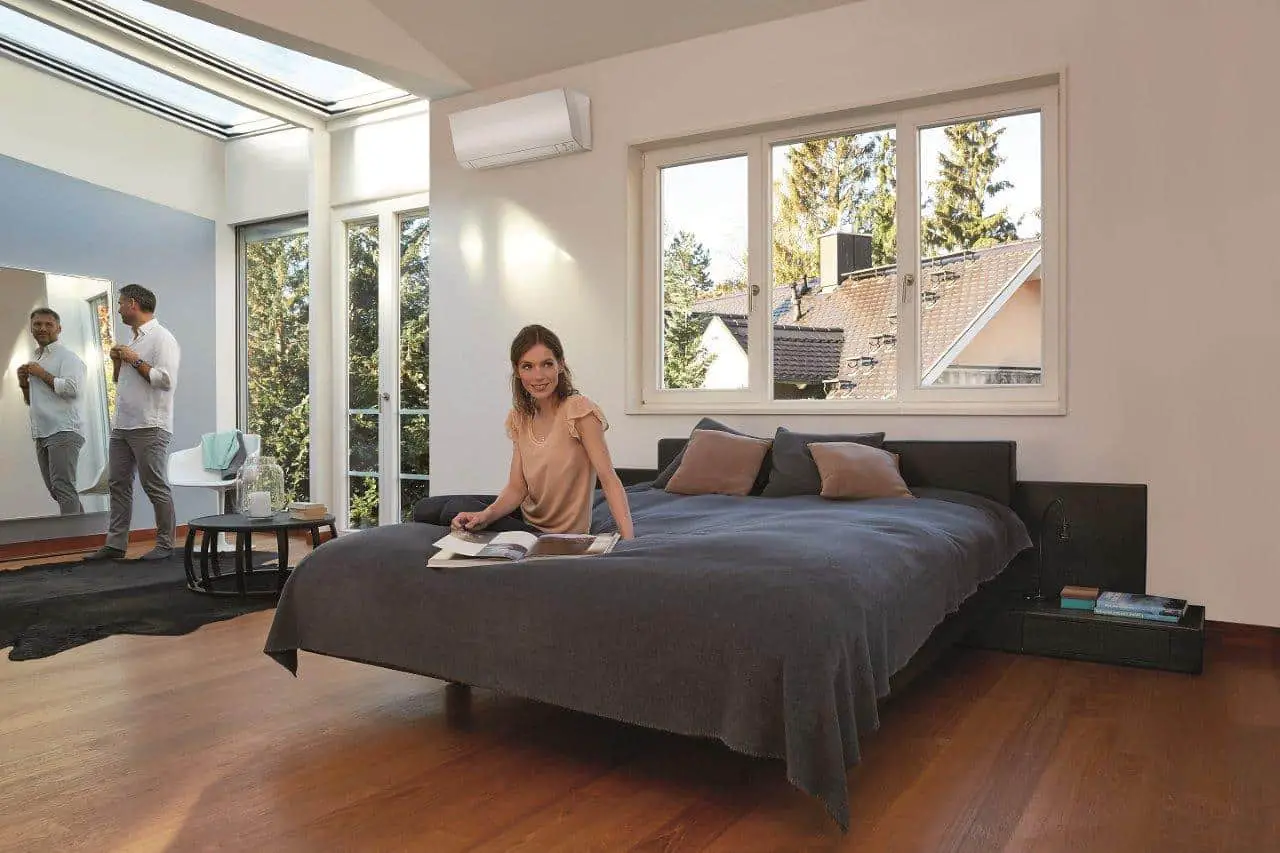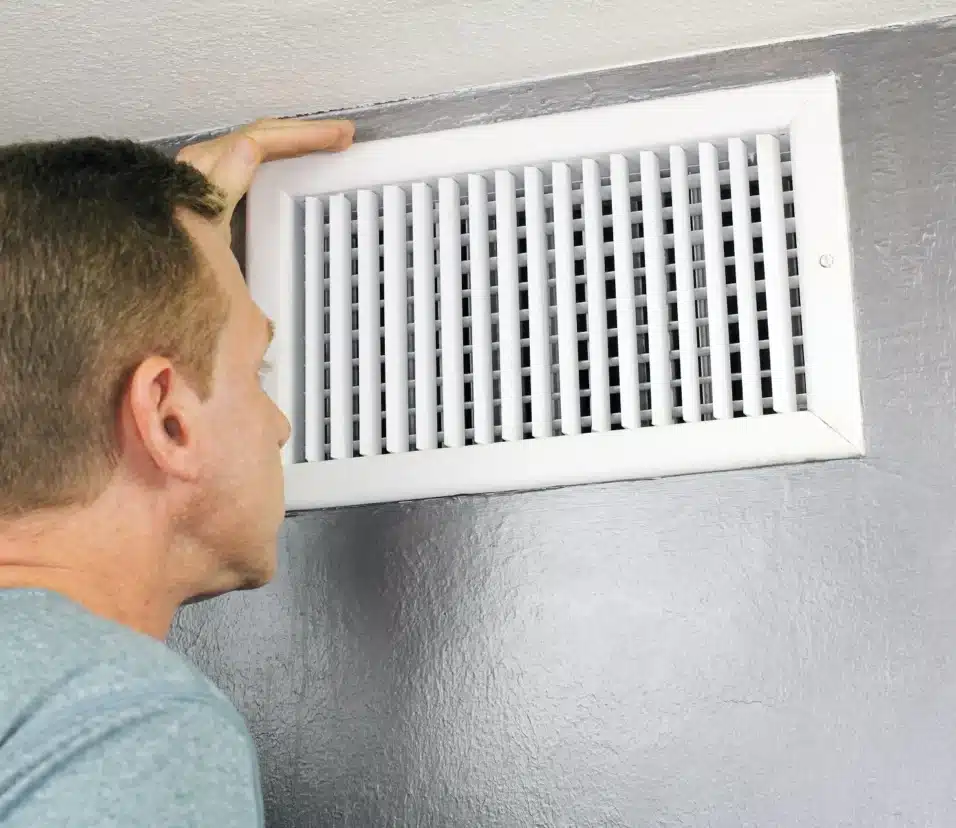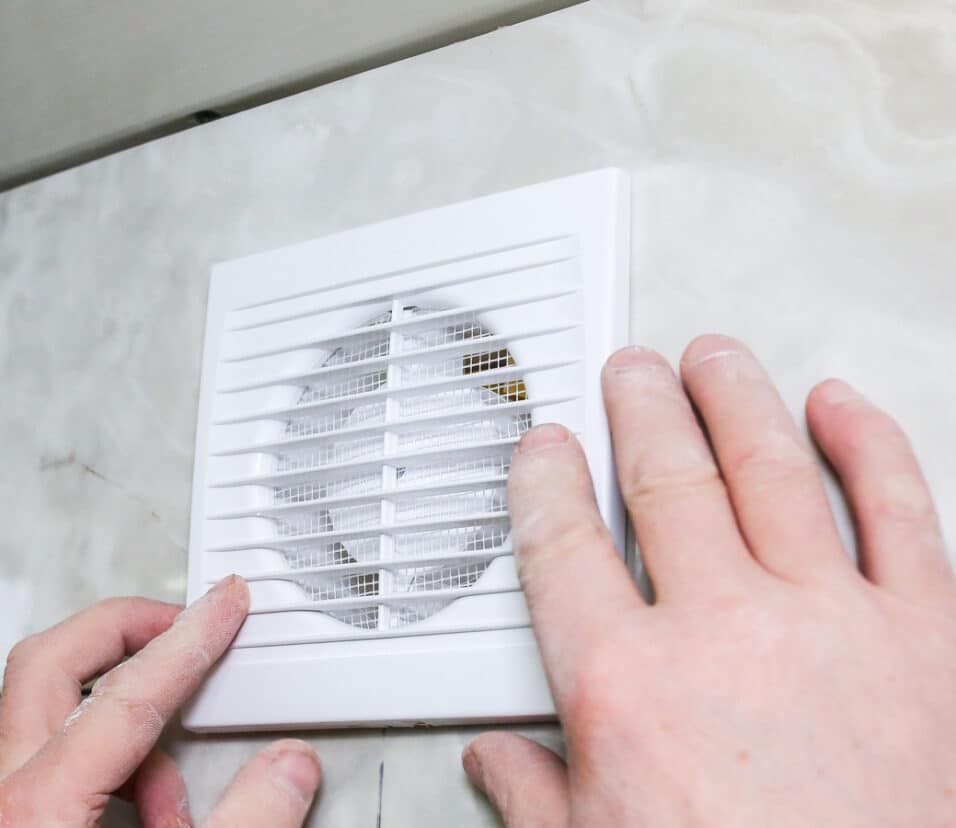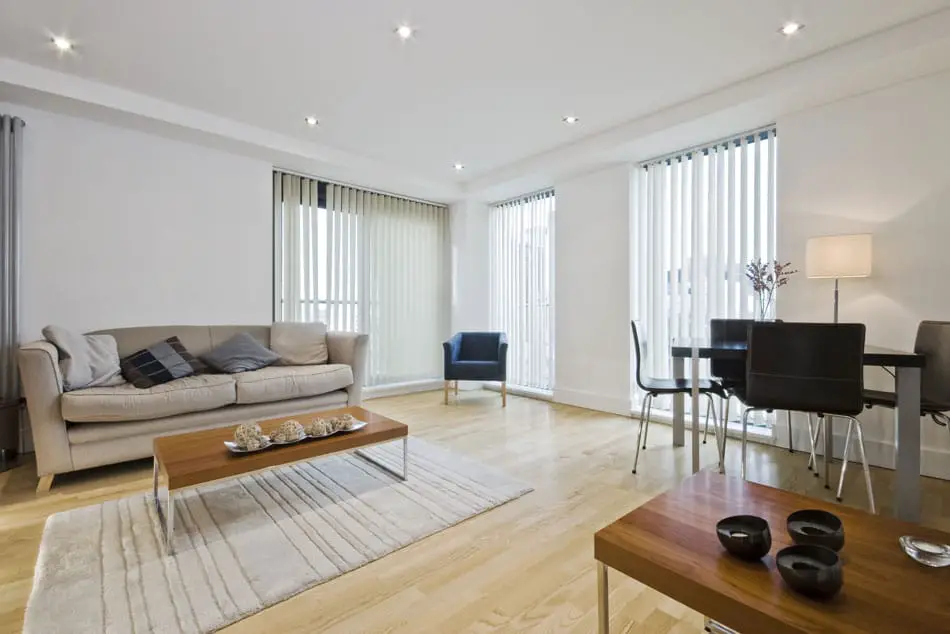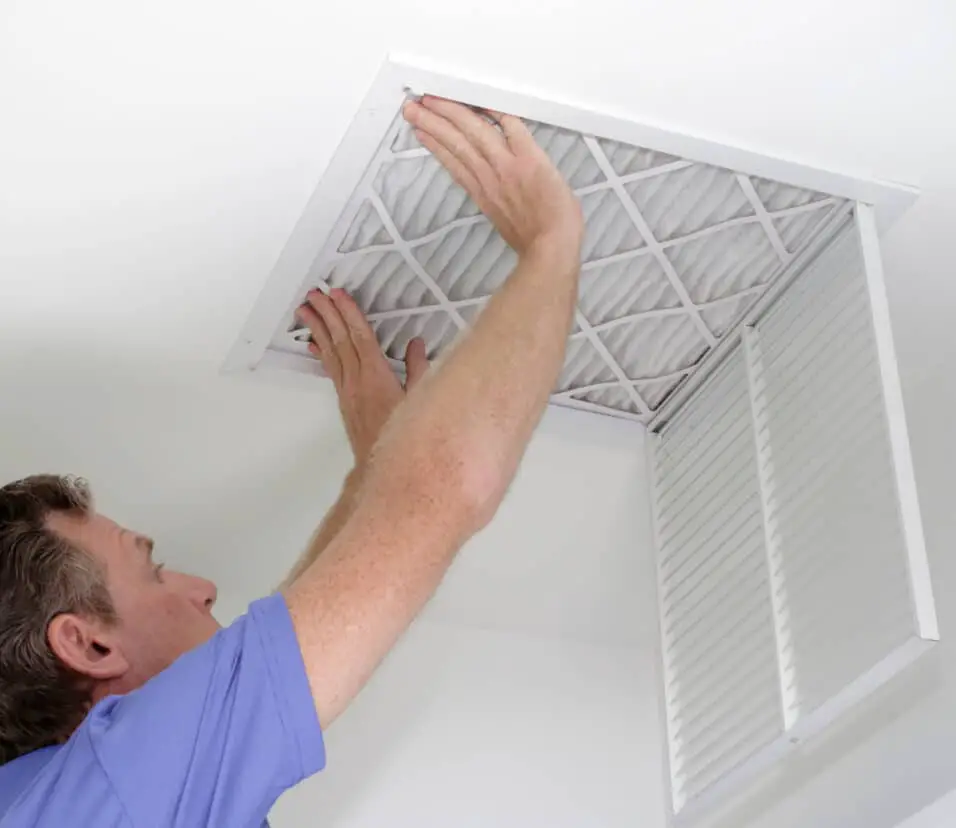What Is The Best Way To Ventilate A Room
Introduction
What Is The Best Way To Ventilate A Room: Ensuring proper ventilation in indoor spaces is a crucial aspect of maintaining a healthy and comfortable environment. Whether it’s a residential home, office, or any enclosed area, effective ventilation plays a pivotal role in enhancing air quality, regulating temperature, and minimizing the accumulation of pollutants. Understanding the best way to ventilate room is essential not only for occupant well-being but also for energy efficiency and sustainability.
Moreover, the connection between ventilation and health cannot be underestimated. Well-ventilated spaces reduce the risk of indoor air pollutants, allergens, and mold growth, which can contribute to respiratory problems and allergies. Additionally, efficient ventilation can enhance cognitive function, productivity, and overall comfort, making it an integral aspect of building design and maintenance.
Join us as we embark on a journey to uncover the intricacies of room ventilation, balancing the principles of air exchange, energy efficiency, and occupant health to identify the best strategies for creating an invigorating indoor atmosphere.
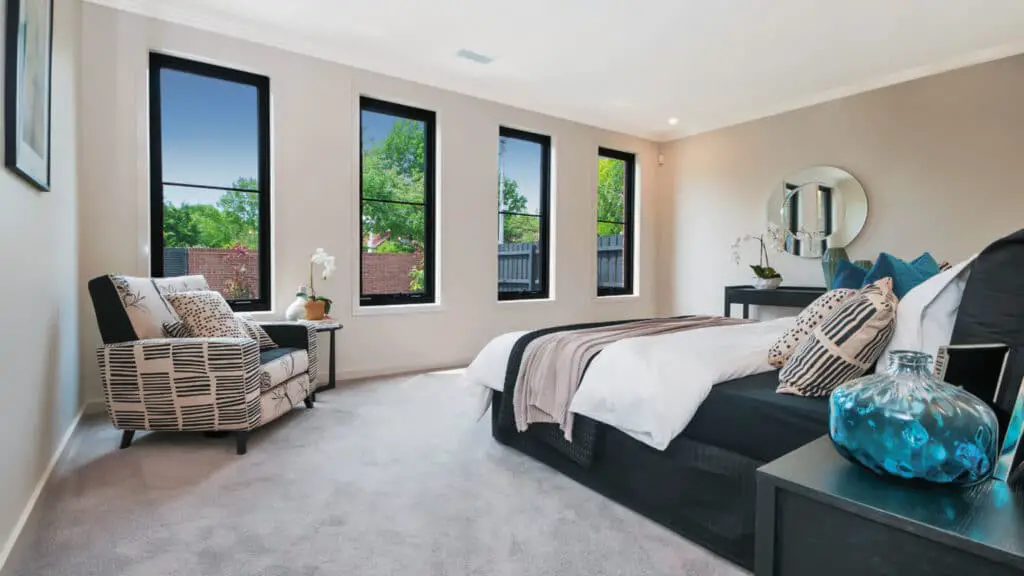
How can you improve ventilation in a room?
Safely open windows and doors to increase airflow. Even just cracking open a window or door helps increase airflow from the outside. Improving ventilation in a room is essential for maintaining a healthy and comfortable indoor environment. Several effective strategies can enhance air circulation and quality. Firstly, opening windows and doors strategically can encourage natural airflow, allowing fresh air to replace stale air. Placing fans near windows can help direct outdoor air inside, promoting cross-ventilation.
Consider installing mechanical ventilation systems like exhaust fans or air purifiers. Exhaust fans expel indoor pollutants and moisture, while air purifiers filter out allergens and contaminants. Additionally, using window screens prevents insects from entering when windows are open, further promoting ventilation.
Controlling indoor temperature also influences ventilation. Cooler air tends to be denser and can flow in, displacing warmer air. Using shading devices to prevent direct sunlight and heat gain can help maintain a comfortable indoor temperature, encouraging air movement.
Incorporating interior design elements like slatted doors or adjustable vents can facilitate controlled airflow. Regular maintenance of HVAC systems, cleaning or replacing air filters, and checking ductwork for blockages are crucial for optimal ventilation.
How do you ventilate a room without AC and windows?
In this post, we will explore 10 possible solutions to increase air circulation and ventilation in a windowless room.
- Air Conditioning.
- Extractor fans.
- Grills or ventilation fans between rooms.
- Temporary ducts.
- Leaving doors open.
- Fans.
- Perforated building materials.
- Passive Vents.
One approach is to utilize interior doors strategically. By keeping interior doors open, you can allow air to circulate more freely throughout different areas of your living space, encouraging a natural flow of air.
Employing portable fans or ceiling fans can also be effective. If possible, positioning the fan to blow air out of the room can create negative pressure, drawing in air from other parts of the house.
Additionally, consider using natural materials that absorb and release moisture, like clay pots filled with water, or indoor plants, which can release moisture through a process called transpiration, cooling the air. Frequent airing out of the room during cooler times of the day, such as early morning or evening, can bring in fresh air.
What causes poor ventilation in a room?
Even if you live in a spacious room, inadequate ventilation is likely if it’s crowded and untidy. Crowded places reduce airflow. High heat concentrations may indicate insufficient room ventilation.
Poor room ventilation can result from many reasons that block indoor and outdoor airflow, causing discomfort and health risks. Lack of or improperly placed windows and vents hinder fresh air from entering and stale air from leaving. Stifled airflow can result from poorly built or blocked ventilation apertures.
A primary cause may be inadequate or malfunctioning mechanical ventilation systems. Unmaintained exhaust fans, air purifiers, and HVAC systems can become ineffective owing to clogged filters or malfunctioning components. These devices cannot remove contaminants and maintain airflow without maintenance.
Architectural restrictions like enclosed layouts or limited external access can worsen ventilation concerns. High insulation levels to save energy may trap pollutants and limit airflow.
How do you ventilate a room from fumes?
Open the door of the room and place box fans. Direct it to the open door for the fresh air to get in, and the bad air comes out. If you are painting your kitchen, your ducted rangehood could help. It is like a powerful exhaust fan that can help you get rid of paint fumes quickly.
Ventilating a room to mitigate fumes is imperative for safeguarding indoor air quality and the well-being of occupants. The primary goal is to expel contaminated air and replace it with fresh outdoor air. To achieve this, immediate action is essential. First, open all available windows and doors to initiate cross-ventilation. Creating a flow of air from one side of the room to the other will help carry fumes out.
Positioning portable fans near windows or doors facing outside can aid in pushing fumes out more effectively. If feasible, set up box fans to blow air out of the room, creating negative pressure that draws fresh air in through any available openings.
Mechanical exhaust fans, especially those directly connected to the outdoors, can be highly effective in removing fumes quickly. Ensure that any ventilation systems are functioning optimally and free of obstructions.
Air purifiers equipped with activated carbon filters are designed to trap and neutralize a wide range of volatile organic compounds (VOCs) and fumes, enhancing indoor air quality.
While ventilation is crucial, addressing the source of fumes is equally important. Whenever possible, eliminate or minimize the use of products emitting harmful fumes indoors. Proper storage of chemicals and the use of exhaust systems when cooking or using appliances that emit fumes can significantly reduce their presence in the room.
In emergency situations or when fumes are particularly potent, evacuating the room and seeking fresh air outdoors is of paramount importance.
How does natural ventilation differ from mechanical ventilation, and what are the advantages of each approach?
Natural ventilation and mechanical ventilation are two distinct approaches to achieving proper air circulation within a space, each offering unique advantages.
Natural ventilation relies on passive airflow driven by natural forces like wind and temperature differences. It involves strategically placing openings such as windows, doors, and vents to facilitate the exchange of indoor and outdoor air. As wind pressure and temperature gradients fluctuate, fresh air enters through openings on one side of the room while stale air exits on the opposite side. Natural ventilation is energy-efficient, cost-effective, and often provides a direct connection to the outdoors, improving indoor air quality and comfort.
Mechanical ventilation, on the other hand, involves using mechanical systems like exhaust fans, supply fans, and air purifiers to regulate airflow. These systems can operate continuously or intermittently, ensuring consistent air exchange regardless of external conditions. Mechanical ventilation is particularly useful in spaces with limited access to outdoor airflow, or where precise control over air quality and distribution is necessary. It’s advantageous for maintaining a constant supply of fresh air, enhancing air quality by expelling pollutants, and controlling humidity levels.
Ultimately, the choice between natural and mechanical ventilation depends on factors like climate, building design, occupant needs, and energy efficiency goals. Both approaches play critical roles in creating healthy and comfortable indoor environments.
Can you explain the concept of cross-ventilation and its role in promoting optimal air circulation within a room?
Cross-ventilation is a ventilation strategy that involves creating a flow of air by allowing it to enter a space through openings on one side and exit through openings on the opposite side. This method takes advantage of external air pressure differences caused by wind and temperature variations. Simultaneously, negative pressure is generated on the opposite side, drawing out stale air through openings on that side.
Cross-ventilation is a natural and energy-efficient way to maintain healthy indoor air quality, reduce reliance on mechanical ventilation, and create a refreshing and pleasant atmosphere within a room or building. Proper design considerations, such as the placement and size of openings, are key to harnessing the benefits of cross-ventilation effectively.
What factors should be taken into consideration when choosing a ventilation strategy for a specific room or space?
Selecting an appropriate ventilation strategy for a specific room or space necessitates a comprehensive evaluation of various factors to ensure optimal air quality, occupant comfort, and energy efficiency. Firstly, the purpose and occupancy of the space must be considered. High-occupancy areas like kitchens or bathrooms might require more intensive ventilation due to increased moisture and pollutants.
Climate plays a pivotal role; in hot and humid climates, strategies that prioritize cooling and dehumidification, like cross-ventilation, are essential, while in colder regions, ventilation should account for heat retention. Room size, layout, and orientation influence airflow patterns, affecting the effectiveness of natural or mechanical ventilation.
The availability of openings like windows, doors, and vents dictates the feasibility of certain strategies. Additionally, the potential for outdoor pollutants or noise entering the space must be weighed against the benefits of increased ventilation.
Energy efficiency is crucial. While natural ventilation minimizes energy consumption, mechanical systems might be necessary for consistent airflow in tightly sealed spaces. Costs related to installation, operation, and maintenance should be factored in.
Lastly, technological advancements offer a range of options, such as heat recovery ventilators (HRVs) and air purifiers. Combining multiple strategies can enhance overall ventilation effectiveness.
In essence, the ideal ventilation strategy emerges from a holistic analysis of room purpose, climate, layout, openings, energy efficiency, and available technologies, resulting in a tailored solution that optimizes indoor air quality and occupant well-being.
In what ways does proper room ventilation contribute to occupant comfort, productivity, and overall well-being?
Proper room ventilation significantly impacts occupant comfort, productivity, and overall well-being by creating a healthier and more pleasant indoor environment. Adequate ventilation ensures a consistent supply of fresh, oxygen-rich air, which is essential for maintaining optimal cognitive function and alertness. Stale air, laden with pollutants and CO2, can lead to drowsiness, reduced concentration, and even headaches.
Moreover, effective ventilation helps control indoor temperature and humidity levels. Rooms with balanced airflow experience fewer temperature fluctuations and reduced moisture buildup, fostering a comfortable atmosphere. Improved thermal comfort directly enhances occupants’ ability to focus and engage in tasks.
Ventilation plays a pivotal role in controlling indoor air pollutants such as allergens, volatile organic compounds (VOCs), and odors. By expelling these contaminants, ventilation reduces the risk of respiratory issues, allergies, and other health concerns. This contributes to a healthier living or working environment, increasing overall well-being and reducing sick building syndrome.
Overall, proper ventilation promotes a sense of freshness and vitality, supporting occupants’ mental and physical health. Comfortable spaces with good air quality encourage positive interactions and enhance overall satisfaction, resulting in increased productivity, creativity, and a higher quality of life.
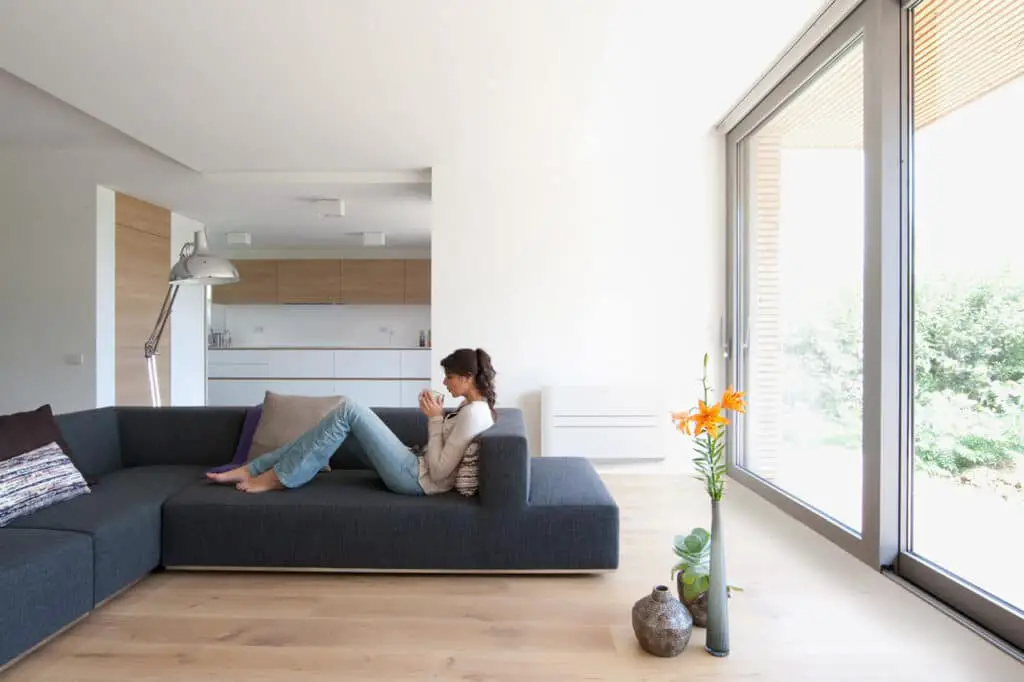
Conclusion
In the realm of interior comfort and environmental well-being, the significance of effective room ventilation cannot be overstated. As we conclude our exploration into the best methods for best ventilating a room, it becomes evident that a thoughtful approach to air circulation yields an array of benefits. From improved air quality to enhanced occupant health and energy efficiency, the impact of proper ventilation is profound.
By assessing the unique characteristics of each space and considering factors such as room size, occupancy, and environmental conditions, we can tailor ventilation strategies to meet specific needs. Whether it’s the simplicity of natural ventilation through windows and doors, the controlled precision of mechanical systems, or the synergy of hybrid approaches, the ultimate goal remains the same: to create an indoor environment that fosters comfort, health, and sustainability.
Furthermore, staying informed about advancements in ventilation technology and sustainable design practices will be pivotal in shaping the way we approach indoor air quality in the future. As we continue to innovate and refine our understanding of the interplay between architecture, engineering, and human well-being, the art and science of room ventilation will undoubtedly evolve.
In closing, the journey to discover the best way to ventilate a room is ongoing and dynamic. It demands a careful balance between tradition and innovation, holistic thinking, and a commitment to creating spaces that promote the optimal interplay between nature and the built environment.



